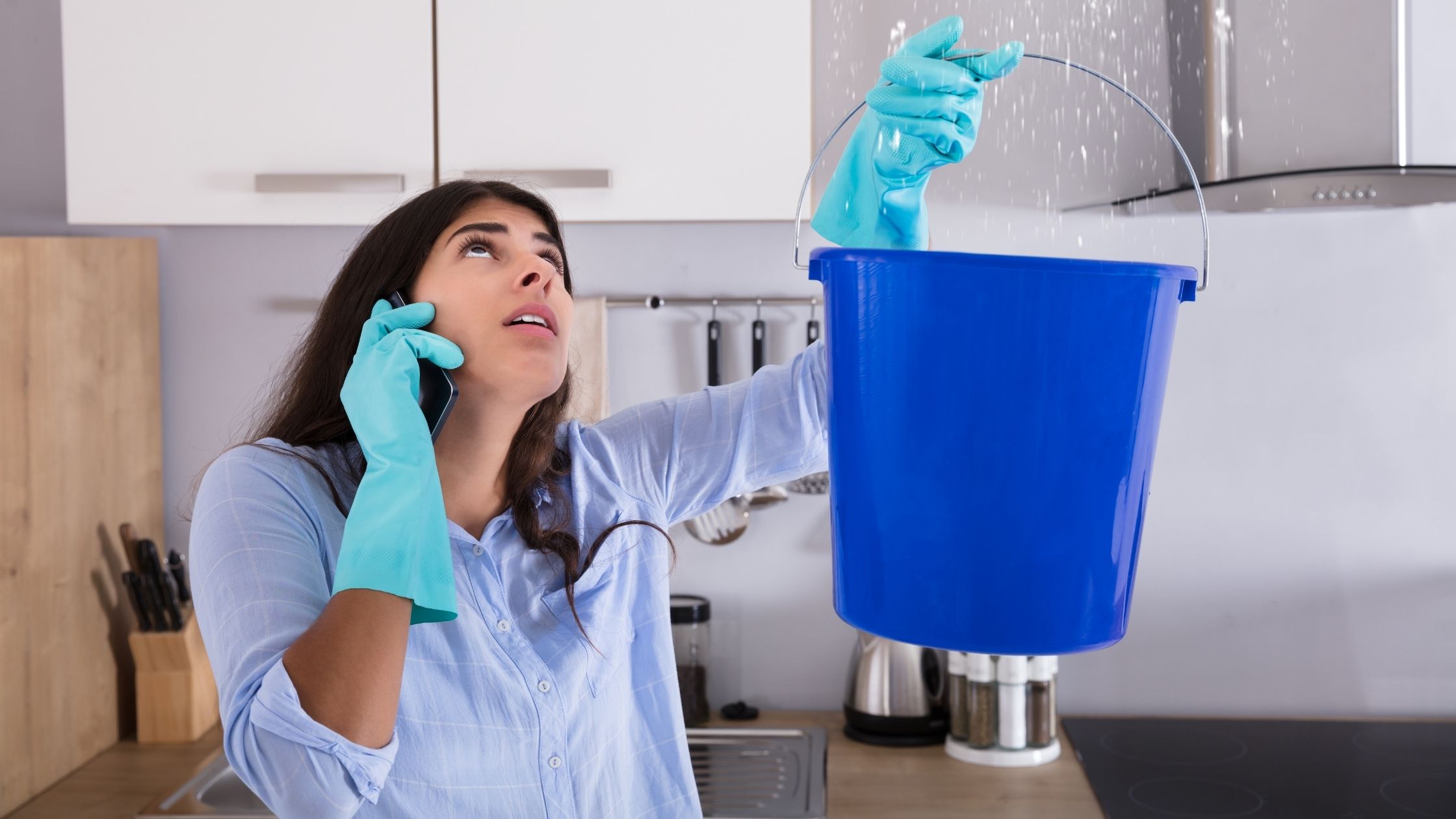When homeowners or businesses experience water damage, the immediate priority is to restore safety and prevent long-term issues, such as mold growth or structural damage. Understanding how a professional team works behind the scenes can provide peace of mind during such stressful times. A water remediation company in New Jersey follows a detailed process to test and treat water damage, ensuring properties are restored effectively.
1. Initial Inspection and Assessment
The process begins with a thorough inspection of the affected property. Specialists use advanced tools such as moisture meters, thermal imaging, and humidity sensors to identify areas where water has penetrated. This step is crucial, as not all water damage is visible to the naked eye. By pinpointing hidden pockets of moisture, the team can develop a precise plan for remediation.

2. Water Extraction Techniques
Once the assessment is complete, technicians proceed to remove standing water. High-powered pumps and industrial-grade vacuums are used to extract water quickly. This step not only prevents further damage to walls, flooring, and furniture but also reduces the risk of mold growth, which can occur within 24 to 48 hours of water exposure.
3. Drying and Dehumidification
After water extraction, the focus shifts to drying the affected areas. Air movers and commercial dehumidifiers are strategically placed to circulate air and reduce moisture levels. Drying is carefully monitored with specialized instruments to ensure that no hidden dampness remains. This stage is critical to maintaining structural integrity and preventing future problems.
4. Testing for Contaminants
Water damage is not always limited to clean water from leaks or broken pipes. Floods or sewage backups can introduce contaminants that pose health risks. Professionals conduct testing to determine if the water contains harmful bacteria, chemicals, or other pollutants. Based on the results, the team customizes their treatment approach to ensure the property is safe for occupants.
5. Cleaning and Sanitizing
Once testing is complete, cleaning and sanitization follow. Damaged belongings, furniture, and surfaces are cleaned with antimicrobial treatments to eliminate bacteria and odors. Air scrubbers may also be used to improve indoor air quality. This step helps restore not only the structure but also the overall environment of the property.
6. Complete Repair
The last phase involves repairs and restoration. Depending on the severity of damage, this could mean replacing drywall, installing new flooring, or repainting walls. The goal is to return the property to its pre-damage condition, making it safe, clean, and comfortable once again.
Final Thoughts
Choosing the right team for water damage restoration is vital to protecting both your property and your health. A professional water remediation process goes far beyond drying visible water; it involves detailed testing, treatment, and restoration. For residents seeking reliable and thorough service, At P&M Mold Pro, homeowners can trust in expert care and proven results that bring peace of mind when water damage strikes.





